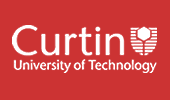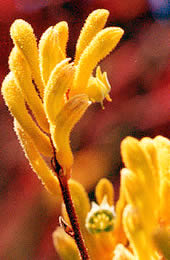| Area: |
Department of Chemical Engineering |
| Credits: |
12.5 |
| Contact Hours: |
2.25 |
| |
| ** The tuition pattern below provides details of the types of classes and their duration. This is to be used as a guide only. For more precise information please check your unit outline. ** |
| |
| Lecture: |
1 x 2 Hours Weekly |
| Tutorial: |
2 x 1 Hours Monthly |
| Anti Requisite(s): |
302394 (v.2) ChE 517 Process Design and Synthesis or any previous version
|
| Prerequisite(s): |
302240 (v.3) ChE 227 Process Principles or any previous version
AND
302246 (v.2) ChE 221 Fluid Mechanics or any previous version
AND
302249 (v.2) ChE 223 Thermodynamics or any previous version
AND
302251 (v.4) ChE 224 Process Systems Analysis or any previous version
AND
302253 (v.3) ChE 327 Process Heat Transfer or any previous version
AND
302257 (v.2) ChE 321 Mass Transfer Operations or any previous version
|
| |
| Syllabus: |
This unit will not be available until 2007. To introduce students to the fundamental concepts and principles of process design and synthesis, the use of flowsheet simulators (e.g. ASPEN PLUS) to assist in process design and the application of economics inventure analysis. The contents will include process synthesis, process flowsheeting, unit operation models, freedom analysis of the process, tearing, flowsheet partitioning, design specification, optimisation and economic analysis. Familiarise students with the use of ASPEN PLUS in process design. Allow students to apply knowledge learned to design and cost a basic chemical process in a simple design project. |
| |
| ** To ensure that the most up-to-date information about unit references, texts and outcomes appears, they will be provided in your unit outline prior to commencement. ** |
| |
| Field of Education: | 030301 Chemical Engineering |
| Funding Cluster: | 08 - Engineering, Science, Surveying |
| SOLT (Online) Definitions*: | Not Online
*Extent to which this unit or thesis utilises online information |
| Result Type: | Grade/Mark |
Availability |
| Availability Information has not been provided by the respective School or Area. Prospective students should contact the School or Area listed above for further information. |


